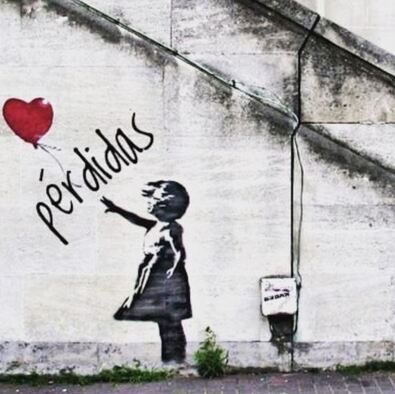|
🏵️'Meaning reconstruction' & 'meaning-making' are the central processes in GRIEF
When unanticipated or incongruous events occur, a person needs to redefine the self & relearn ways to engage with the world considering the loss experienced. Usually, the person does not return to a pre-loss level of functioning but instead learns how to develop a meaningful life through adaptation The experience of grief is unique for each person. however, research has shown some commonalities in normal grief placed in 4 general categories: 🔹Feelings sadness, anger, blame, helplessness, shock, pining, emancipation, relief, numbness. 🔹Cognitions disbelief, confusion, preoccupation, sense of presence, hallucinations- visual & auditory. 🔹Physical sensations hollowness in the stomach, tightness in the chest & throat, oversensitivity to noise, sense of depersonalization, breathlessness, weakness in muscles, lack of energy, dry mouth. 🔹Behaviours sleep & eating disturbances, distracted & absentminded behaviour, social withdrawal, dreams of the loss, avoiding reminders of the loss, searching & calling out, sighing, restless hyperactivity, crying, visiting places or carrying objects that remind of the loss, treasuring objects that belonged to the deceased. ⚠️Please note that not everyone will experience all of the symptoms. 🏵️The mourning process Many authors have listed up to 12 stages of mourning. The Kübler-Ross model is the most popular which outlines 5 grief stages. 🔹denial 🔹anger 🔹depression 🔹bargaining 🔹acceptance 🤔 The problem with the stages is that research shows that grievers do not progress through these stages in a stepwise fashion. However, people believe this is how they "should" grieve and it becomes self-critical, exacerbating some of the difficult symptoms experienced during the mourning process. ✳️There is more than only one healthy way to grieve. 🔆The tasks of the mourning process Psychologist J. William Worden proposed a different model. He believed there are 4 main tasks a griever needs to do for “the process of mourning to be completed” & “equilibrium to be re-established”. This task model puts the person in an active role instead of a passive one, giving the griever some sense of control in their own process. . 🔅Tasks: 🔹To accept the reality of the loss 🔹To process the pain of the grief 🔹To adjust to a world without the deceased/loss. 🔹To find a way to remember the deceased/loss while embarking on the rest of one’s journey through life. ⚠️ People may need to revisit certain tasks over time because grief is not linear Check my post here!
0 Comments
Leave a Reply. |
AuthorHi there! Archives
January 2022
Categories |

 RSS Feed
RSS Feed
